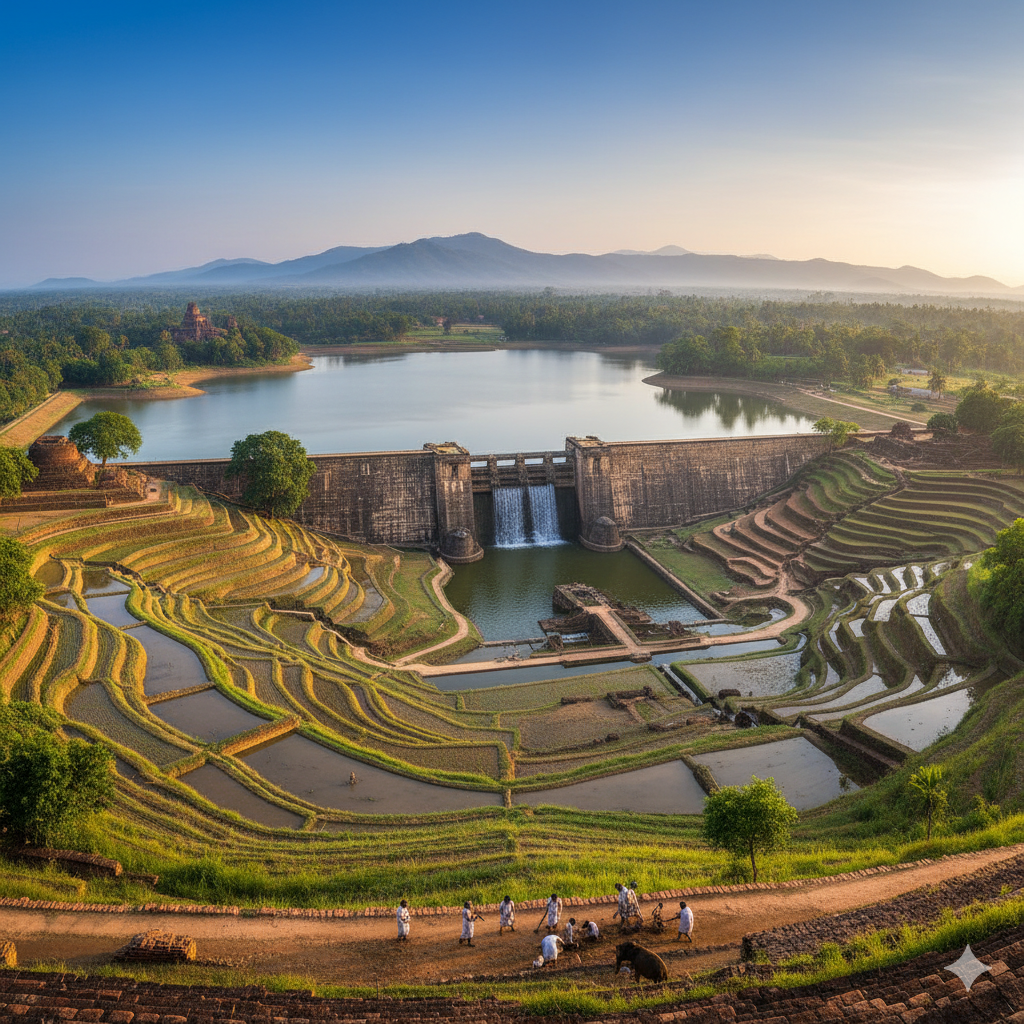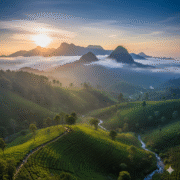
Amazing Ancient Hydraulic Civilisation | Sri Lanka
- November 12, 2025
- eunoialankatours
- 4:36 pm
Introduction
Imagine a civilization that learnt how to use water to convert Sri Lanka’s arid landscape into lush, productive farmland. In this tale, “Amazing Ancient Hydraulic Civilization | Sri Lanka,” we take you on a tour through this amazing narrative of how people used their creativity and worked with nature for thousands of years. Let’s bring that legacy to life on your site in a way that is warm, clear, and authoritative.
A Legacy Etched in Water
“Step through time with us to witness an extraordinary chapter of Sri Lanka’s history—where ancient engineers sculpted the land through water.”
From Origins to Mastery
Early Beginnings
Around 430 BCE, King Pandukabhaya initiated Sri Lanka’s earliest identifiable reservoirs, establishing a legacy of artificial tanks to safeguard farming and city life.
Golden Age of Engineering
The huge irrigation projects that changed the Rajarata landscape under the reigns of Vasabha, Mahasena, and Dhatusena (1st century CE onwards) include the Minneriya tank, the Alahara canal, and the 54-mile Jayaganga canal at Kala Wewa.
Integrated Tank Cascade System
This huge network of thousands of tanks and reservoirs that were all connected produced a strong ecosystem that could support life through floods and droughts for hundreds of years. The UN’s FAO named it a Globally Important Agricultural Heritage System in 2017.
Engineering Functionality—Technology That Flows
Precision in Gradient
The Jayaganga, which is also called Yodha Ela or Jaya Ganga, has an amazing slope of only 6 inches per mile for 87 miles. Even modern surveyors are impressed by this.
Innovations in Water Control
Technologies like bisokotuwa (valve-pit sluices) and stone spillways gave people a lot of control over how water flowed, which kept fertile land safe and stopped erosion.
Cultural & Social Significance—Beyond Engineering
Agricultural Civilization
These water systems fed rice fields, helped people, and created a decentralized yet connected farming community in the arid zone.
Ecological Harmony
The tank cascade system made biodiversity hotspots and cooler microclimates, which helped both human and animal habitats.
Cultural Interweaving
Irrigation systems were a part of both religious and community life. People regularly asked monks for advice on how to manage water, and ceremonies around tanks established traditions that celebrated how nature and civilisation are interrelated.
Modern Revival—Water Memory Resurfaces
Colonial Challenges & Recovery
The British colonial era, when local labour networks were broken up, caused some neglect. But restoration work, like bringing back Jayaganga, Kala Wewa, and other tanks, brought these lifelines back to life.
21st Century Context
There are still more than 10,000 ancient tanks in use today, spanning an amazing 2.7% of Sri Lanka’s total area. This is proof of the country’s rich history.
Global Significance
It’s not just about water; it’s also about reconnecting with the wisdom of our ancestors that drives modern climate resiliency and sustainable development.
Suggested SEO keywords/phrases:
- Ancient Sri Lanka irrigation systems
- Hydraulic civilization Sri Lanka
- Jayaganga canal gradient
- Tank cascade importance
- Sri Lanka agricultural heritage
- Ancient water management systems
- UNESCO FAO GIAHS Sri Lanka tank system
Conclusion—A Timeless Tale to Inspire
“At Eunoia Lanka Tours, we don’t just take you to see these ancient marvels—we invite you to feel the pulse of a civilization that shaped the land, culture, and soul of Sri Lanka. Let’s journey together through water’s wisdom and discover how it still sustains us today.”


